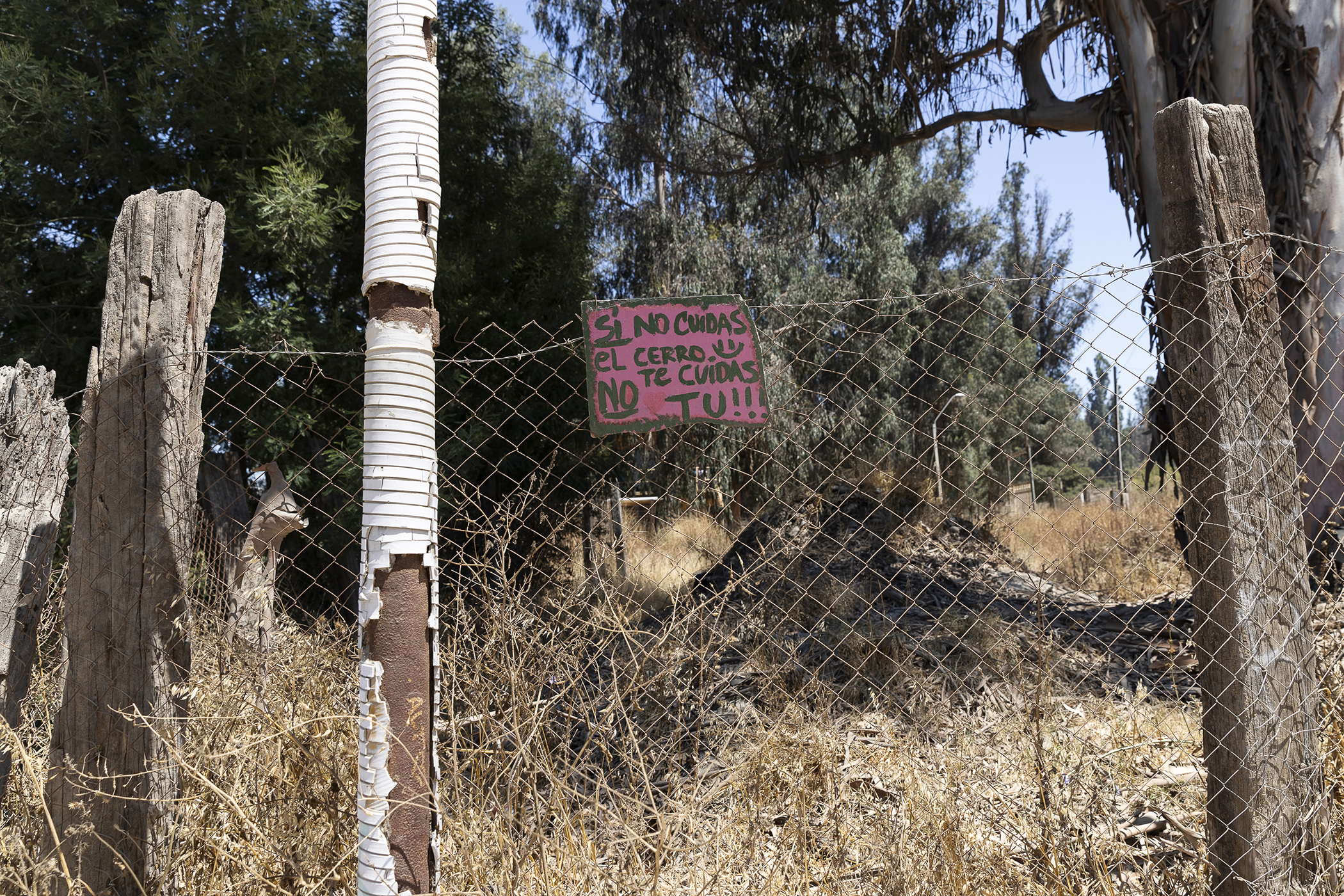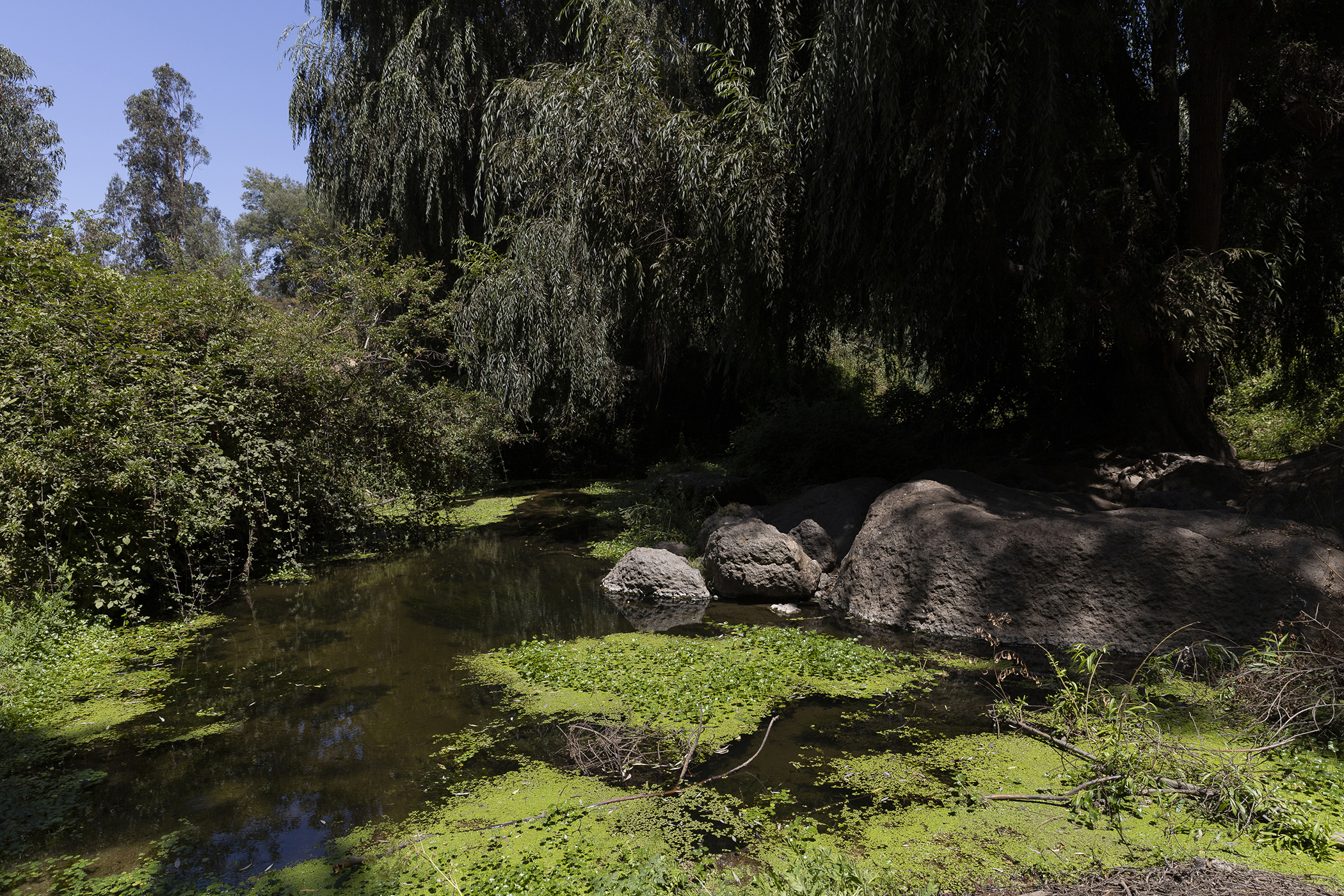Sebastián Benfeld is one of the 2022 Young Activist Summit winners.
Shortly after turning 18, Sebastián Benfeld participated in a protest with 20 other young activists to denounce the environmental contamination of his home region in Chile. The protest led them to a debate held by the environmental commission of the Chilean Congress in 2019.
The following year, as one of the representatives of the Chilean chapter of Fridays For Future, Benfeld attended the United Nations Climate Change Conference in Madrid (COP25) and called out the impact of environmental pollution in Chile, saying it a violation of human rights.
Then, a short time later, he was invited to speak at the Chilean Senate, where he called for young people’s participation in the country’s environmental policies, and created the Escazú Ahora (Escazú Now) movement — a foundation aimed at defending the right to information regarding the environment, participation in environmental decisions, and access to environmental justice. The name of the foundation refers to the Escazú Agreement, a Latin American and Caribbean environmental treaty, and the only one of its kind, aimed at protecting environmental activists.
Thanks to his activism, the Chilean government signed the Escazú Agreement one week after taking office in March 2022. It was then ratified by a majority in Congress. As a result of the national government signing of the treaty, the regional government of Valparaíso, which is just two hours from the country’s capital, invested in air quality monitoring equipment and is evaluating the quality of the soil.
Here, at 21 years old, Benfeld talks about how he became a young environmental activist, living and growing up in what he calls “the lungs” of a region constantly threatened by industrial and real estate development.
I think one of the things that most influences us is the place where we are born, where we grow up. I was born and grew up in a very tranquil area called Quilpué, located in the Altavista region of Chile. Quilpué has very important green areas. There are around 90 hectares of native forest. Many of us call the area the “green lungs” of the region. It’s very beautiful, but the area has always been threatened by construction.
In my family, it has always been an annual tradition to climb the La Campana hill there. The hill has great biodiversity and has been threatened by the possible construction of a thermoelectric plant. Even when my mother was pregnant with me, she would climb the hill. My first encounters with nature were in that area and I have gone there ever since.
My mother liked us to participate in protests and demonstrations to protect the environment. She was never a leader, but she invited me and my brother along to accompany her.
 Sebastián Benfeld poses for a portrait during a hike in Fundo El Carmen, in Quilpúe, in the Valparaíso region, in Chile, on Feb. 20, 2023.
Sebastián Benfeld poses for a portrait during a hike in Fundo El Carmen, in Quilpúe, in the Valparaíso region, in Chile, on Feb. 20, 2023.
When I was about 6 or 7 years old, I went with my family to the beach at Puchuncaví. It’s also an area in the municipality, on the coast of the Valparaíso region, where polluting companies have operated — thermoelectric plants, oil companies, copper refineries — during the last 60 years. Those companies have always ignored their real impact on human health and the environment.
We arrived one morning to spend the day there. I wanted to build my sandcastles as always, but my parents said that we had better look for another spot. The beach was really black. There was residue that was not the color of sand. I didn’t understand why we had to go, and I said that black, brown, or yellow sand was the same for building sandcastles. But my parents, who were aware of the effects of pollution on our health, decided that we should leave. Later, I understood that a shipment of coal for the thermoelectric plant had spilled into the sea and polluted all of the coast.
What I saw that day was unbelievable, a pollutant company had destroyed what, for me, was the most precious place. I started to realize that those kinds of problems were constantly repeated and could be seen in many other places.
Following that experience, I knew that I had to protect the environment. I was in the fourth grade of primary school and the first thing that occurred to me was to recycle my classmates’ paper. Over a whole year, I took all the paper that I collected to a recycling center until I realized that that was not the [best] solution. I needed a more structural solution.
When the Fridays For Future movement arrived in Valparaíso, I got involved in its activities and in organizing the protests. We decided to go to the National Congress to call on its members to declare a climate emergency and to urge them to act.
I was the spokesperson in front of all of the Congress members. I was really nervous. It was the first time that we were telling politicians what we thought — and what needed to be done. That’s when a new era began. That’s when I heard about the Escazú Agreement, an international treaty that aims to grant rights to people like me so that the authorities hear our voices, take them into consideration, and decide what is best for everyone.
In 2020, the Economic Commission for Latin America and the Caribbean (ECLAC) opened a competition so that young people would spread the word about the Escazú Agreement in the region so that more countries would sign it.
I put myself forward and the ECLAC chose me and four other young people from Latin America and the Caribbean. The challenge was a big one, given the size of the region, but I told myself that the best place to start was at home. I contacted all of the people that I thought could help me and we became a movement of 70 people. That’s how Escazú Chile was born, and through which, in 2020, we managed to make the Escazú Agreement an issue that almost everybody knew about.
 Sebastián Benfeld works at his computer in his room in Quilpué, Valparaíso region, in Chile on Feb. 20, 2023. Benfeld is part of the Escazú Ahora organization.
Sebastián Benfeld works at his computer in his room in Quilpué, Valparaíso region, in Chile on Feb. 20, 2023. Benfeld is part of the Escazú Ahora organization.
The movement made so much noise that many people decided to go out into the streets, under their own initiative, and demand that the Escazú Agreement be signed. We managed to convince Congress to call on the president to sign the agreement. We bombarded the Chilean foreign minister with emails demanding that he sign on. We were interviewed by the media.
However, 2021 was also a very important year for the movement because presidential and parliamentary elections took place in Chile. It was a great opportunity to [ensure that] the next government [would] sign the agreement. We had the idea of printing a page with a pledge that read: “I, as the candidate for the presidency of ‘X’ party, in the event of being elected, pledge to sign the agreement.”
We held many meetings and we pressured all the candidates to sign. By the end, practically all of them signed, except for the far-right candidate, José Antonio Kast. The Congress members of all the political parties also signed the pledge. So when Gabriel Boric, the winning candidate, entered office as president, the first thing he did was sign the Escazú Agreement. We were there during the ceremony. It was a beautiful moment of joy.
We know that the Escazú Agreement is now a law, and as a result, we now have environmental lawyers working to make sure that what it states is implemented. The agreement is based on the premise of environmental democracy and it is drawn up so that citizens have more rights and can raise their voices in a more effective way.
We know there is still a lot to be done for the agreement to be truly effective. As a movement, we have [plans to ensure] that, over the next five years, each aspect of the agreement is implemented.
 Sebastián Benfeld walks in front of the Congress headquarters in Valparaíso, in Chile on Feb. 20, 2023.
Sebastián Benfeld walks in front of the Congress headquarters in Valparaíso, in Chile on Feb. 20, 2023.
In terms of short-term goals, we want to provide effective protection to the environmental defenders through the creation of legal instruments that contribute to their protection. We want to achieve that this year. For 2024, we aim to ensure that Chile has greater environmental transparency.
Escazu Chile’s ultimate aim is to make sure that each Chilean — in whichever part of the country — knows exactly what the quality of the air is that they are breathing and the quality of the water they are drinking.
In 2025, we want to work on the theme of environmental democracy. We want more mechanisms for citizen participation in environmental matters. We want more environmental education in Chile’s most polluted regions — not the typical environmental education about having to take care of water or recycle paper, but an environmental education based on human rights. [We want to] teach all of the children, adolescents, and young people in those polluted areas what their rights are and how they can exercise them so that those rights are never violated.
Finally, we want to improve the system of environmental justice in Chile by 2026.
 Sebastián Benfeld poses for a portrait in the metro of Valparaíso, Chile on Feb. 20, 2023.
Sebastián Benfeld poses for a portrait in the metro of Valparaíso, Chile on Feb. 20, 2023.
Story as told to Adam Critchley; edited and condensed for clarity.
The 2022-2023 In My Own Words series was made possible thanks to funding from the Ford Foundation.

